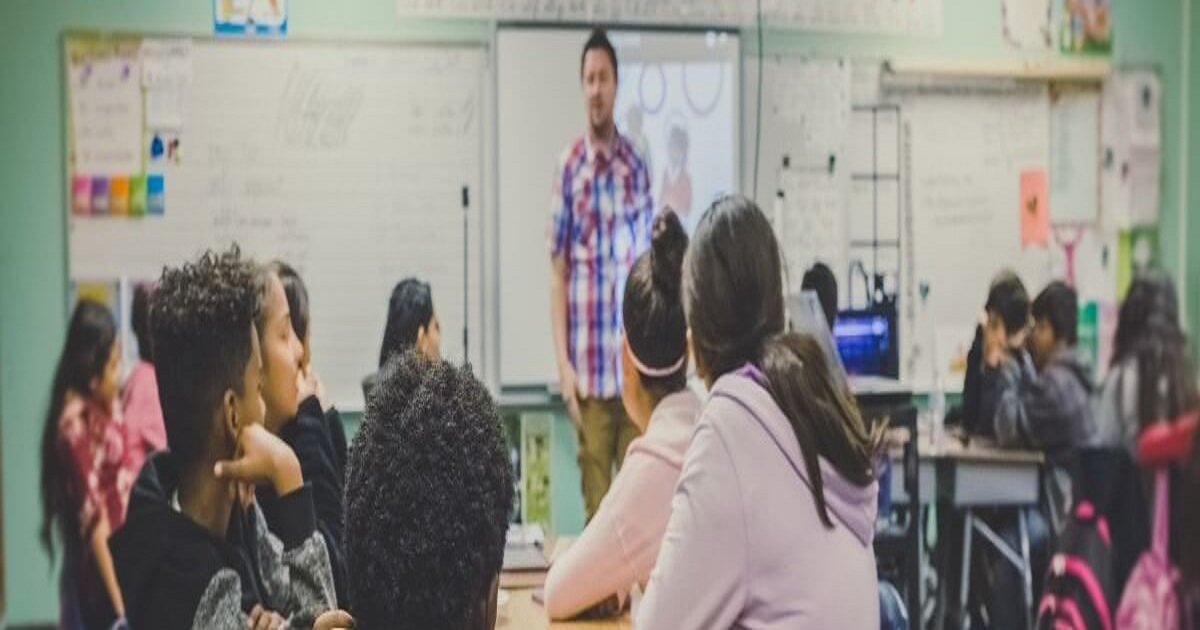Want to promote inclusive classrooms? Start by pronouncing students’ names right
Studyinternational | February 21, 2019

In the US, where classrooms have become more racially- and ethnically-diverse, educators are bound to encounter non-English names that may be difficult to pronounce.But what can educators do to make the classroom more inclusive for all? For starters, getting their name right can help.The mispronunciation of a name is a form of cultural disrespect, and research suggests that “these incidents are racial microaggressions – subtle daily insults that, as a form of racism, support a racial and cultural hierarchy of minority inferiority”.The authors of the study, titled Teacher, please learn our names!: racial microaggressions and the K-12 classroom added that “enduring these subtle experiences with racism can have a lasting impact on the self-perceptions and worldviews of a child.”Speaking to the MinnPost, the study’s co-author Rita Kohli said: “What we found was that students of colour who were part of these experiences, they started to kind of shift the burden onto themselves.“They started to feel that their name was kind of their responsibility and the way it sounded to others – or if (it) was hard to pronounce, as framed by the teacher – that was an inconvenience or a burden. They developed a lot of anxiety, shame, embarrassment around their names,” she said.She added that these emotions are manifested in different ways in class – some students changed their names to accommodate the mispronunciations, while others “disengaged” from the classroom by not raising their hand to avoid having their name called out loud.